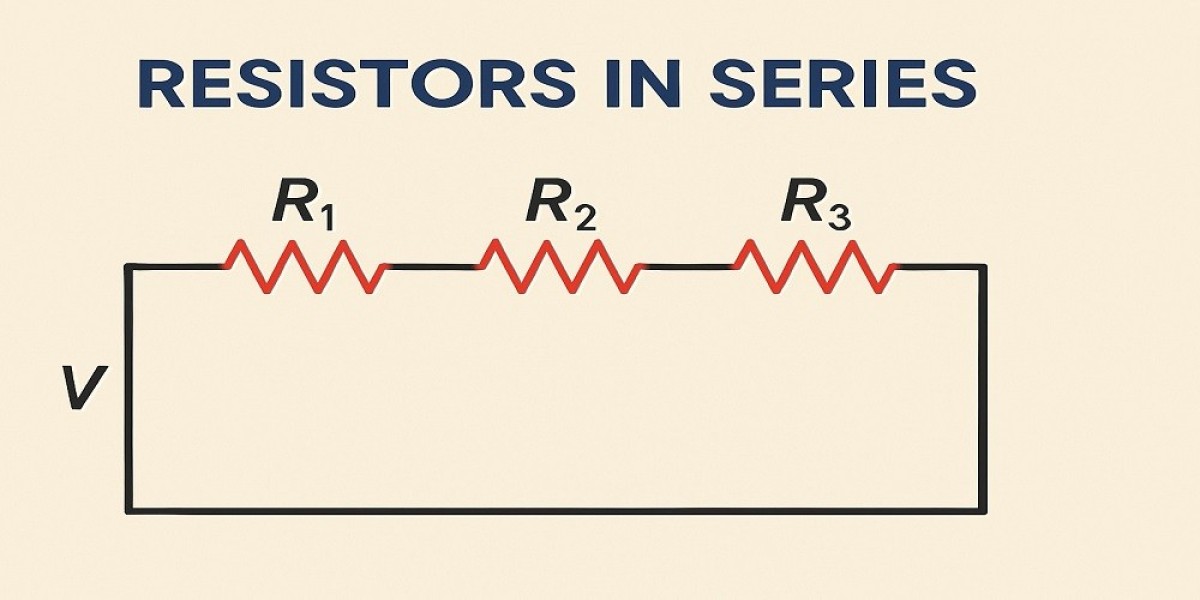When building circuits, understanding the difference between a resistor in series and resistors in parallel is crucial. While both configurations involve connecting resistors, they have fundamentally different effects on the total resistance and current flow.
As we've discussed, a resistor in series is connected end-to-end, creating a single path for the current. The total resistance is the sum of the individual resistances (). This configuration increases the overall resistance of the circuit. Think of it as adding more hurdles to a race; each one makes the total path more difficult. The current is the same through every resistor in series.
In contrast, resistors in parallel are connected side-by-side, creating multiple paths for the current to flow. The total resistance is calculated using the reciprocal formula (). This configuration decreases the overall resistance of the circuit. It's like opening up more lanes on a highway; the total flow of traffic is easier. In a parallel circuit, the voltage is the same across each resistor, but the current splits among the different paths.
An important industrial application highlights this difference. Consider a heating element. To achieve a very high resistance for a high-temperature application, you might use several resistor in series. This configuration limits the current to a low, safe level while still generating the desired heat. On the other hand, if you need a very low resistance to power a high-current load, you would connect resistors in parallel.
Cermet Resistronics supplies resistors for both series and parallel applications. Our wide range of resistance values and power ratings allows you to build circuits that meet your specific needs, whether you require high total resistance from a resistor in series configuration or low total resistance from a parallel arrangement.
In essence, the choice between using a resistor in series or in parallel depends entirely on your circuit's requirements. Do you need to increase resistance to limit current or divide voltage? Use a resistor in series. Do you need to decrease resistance to increase current capacity or balance loads? Use resistors in parallel. Mastering this distinction is a key step in becoming a proficient circuit designer.







